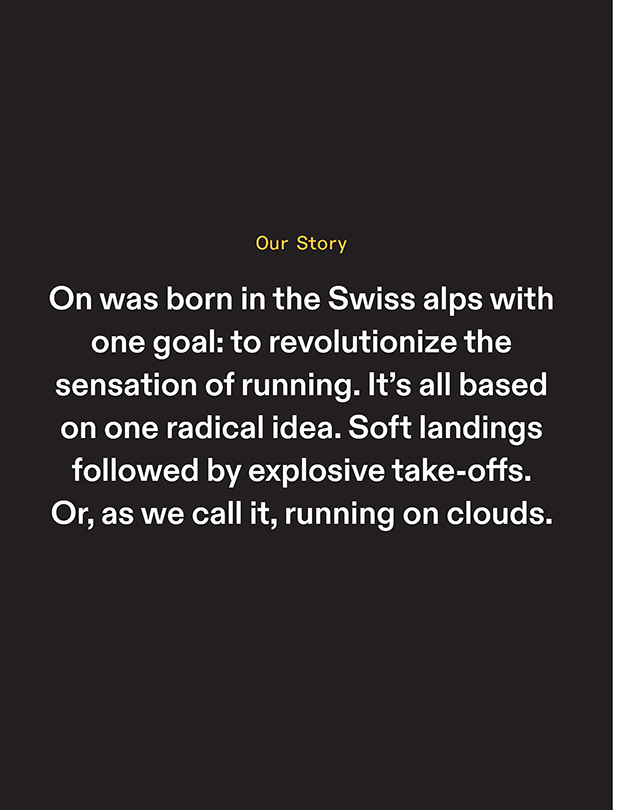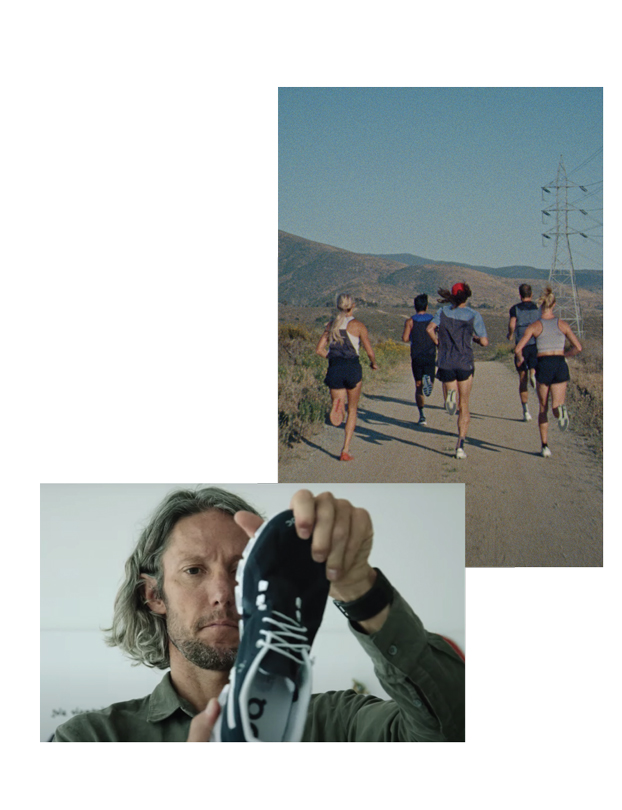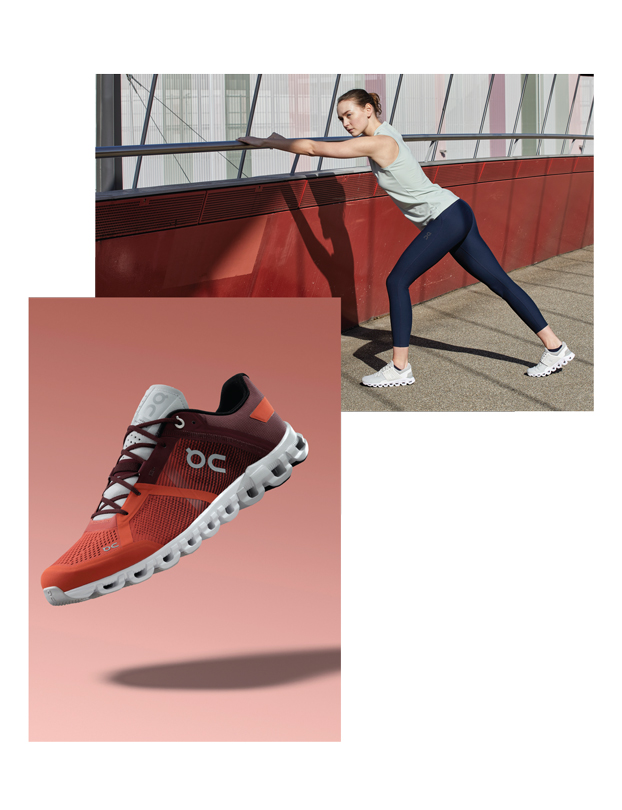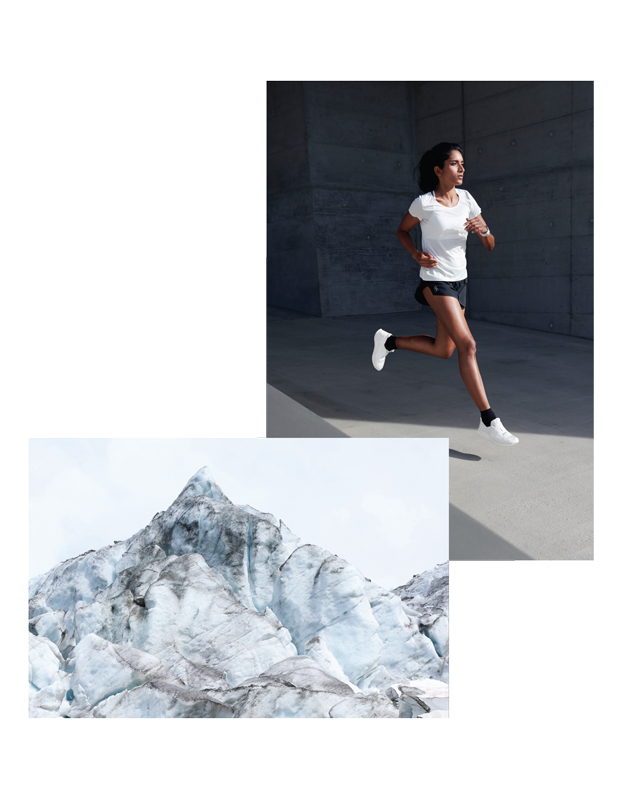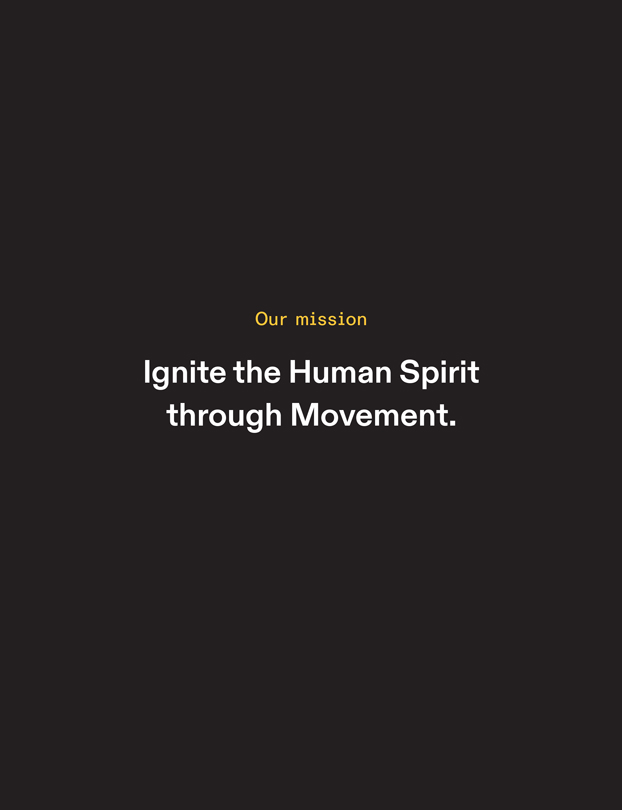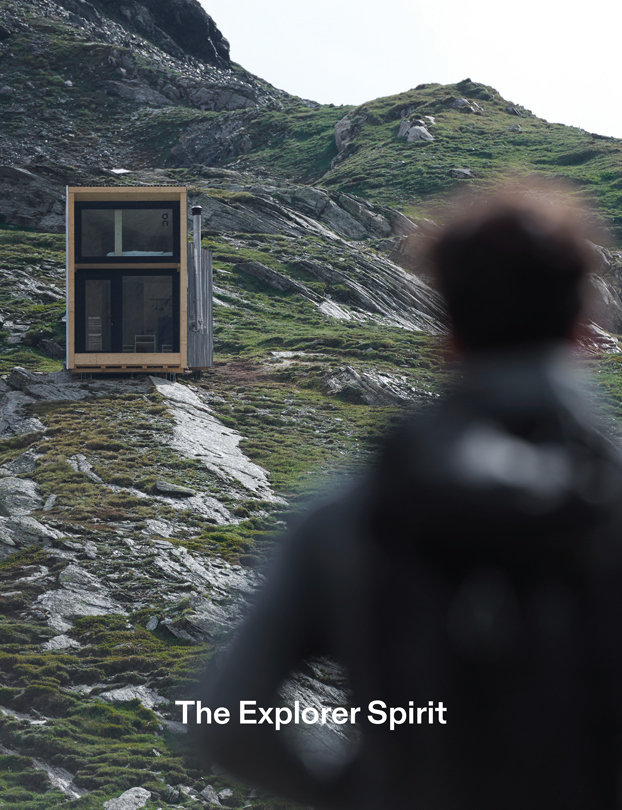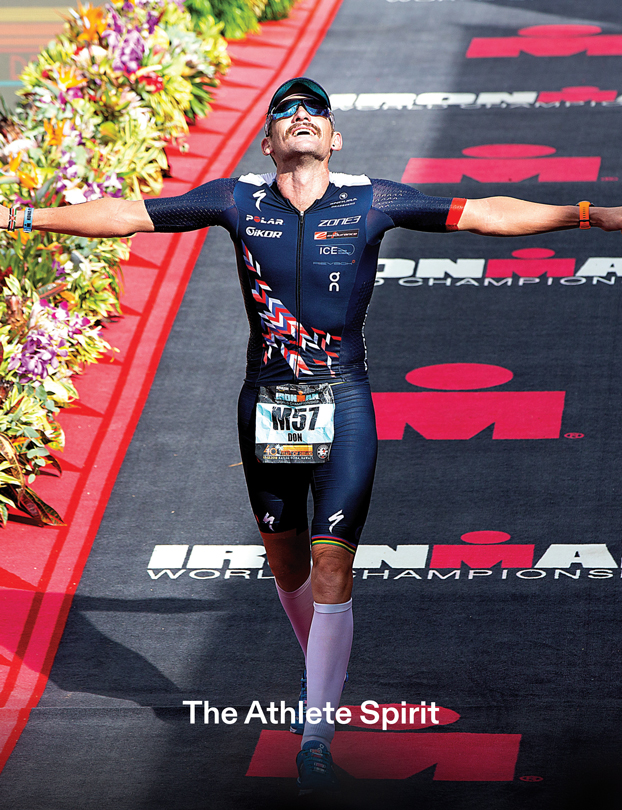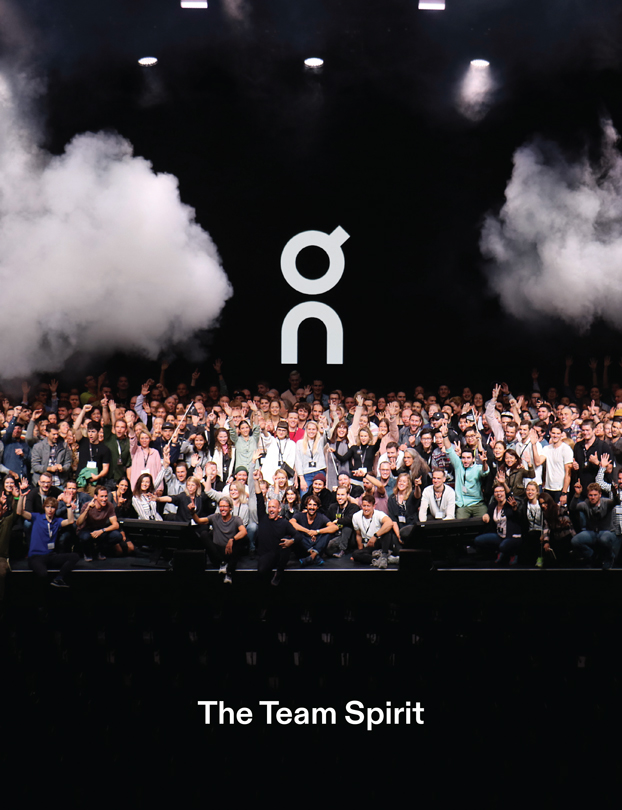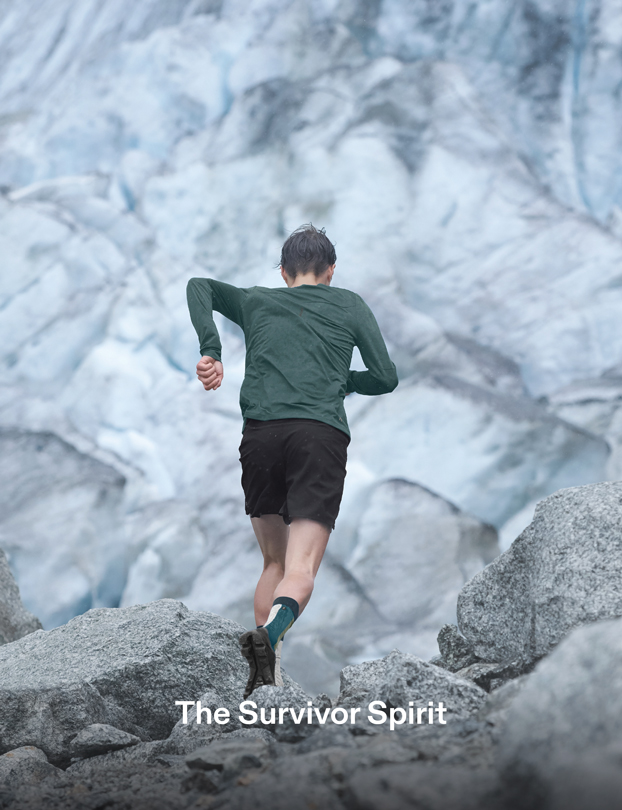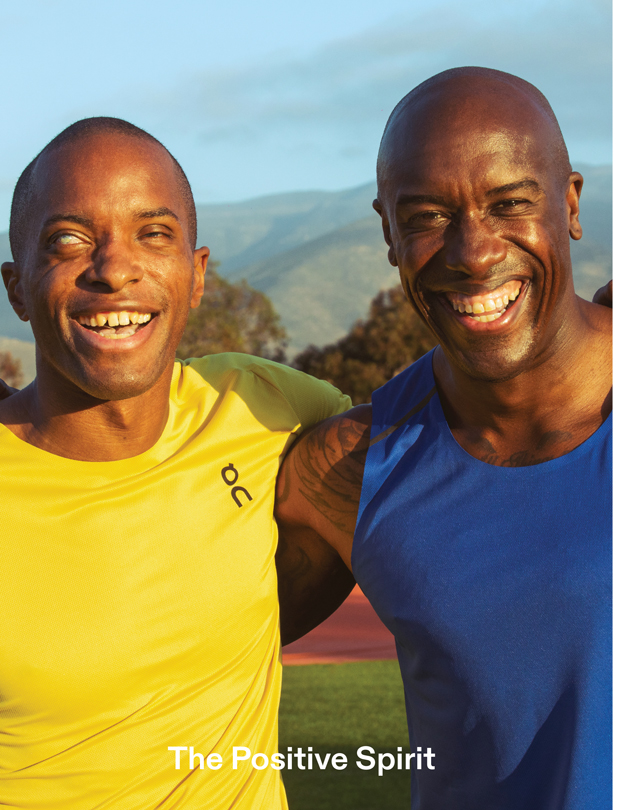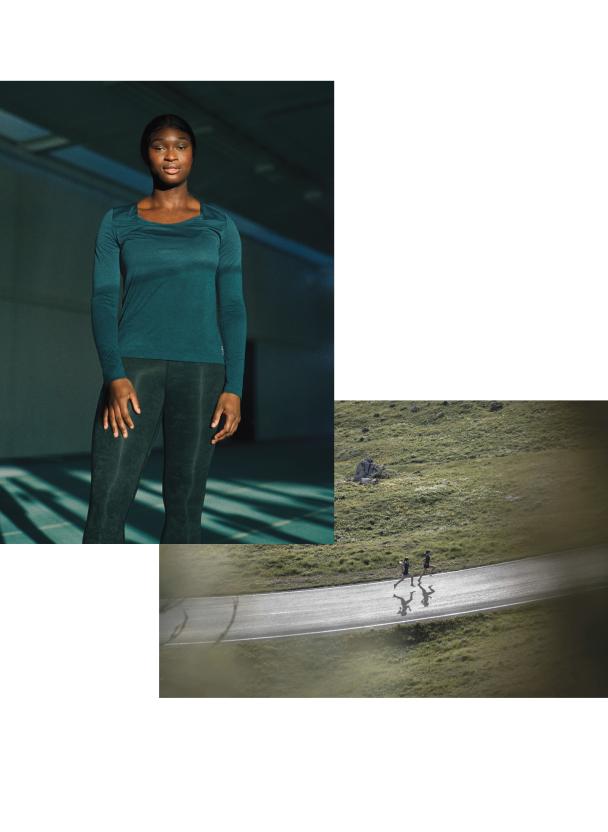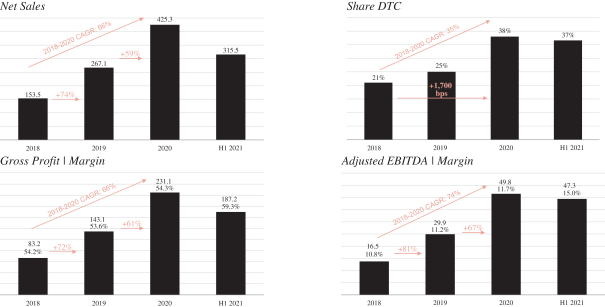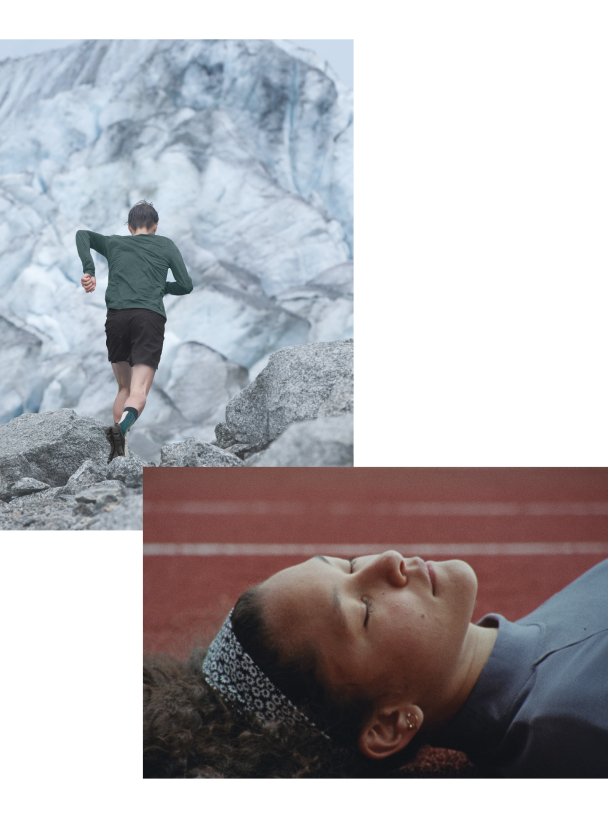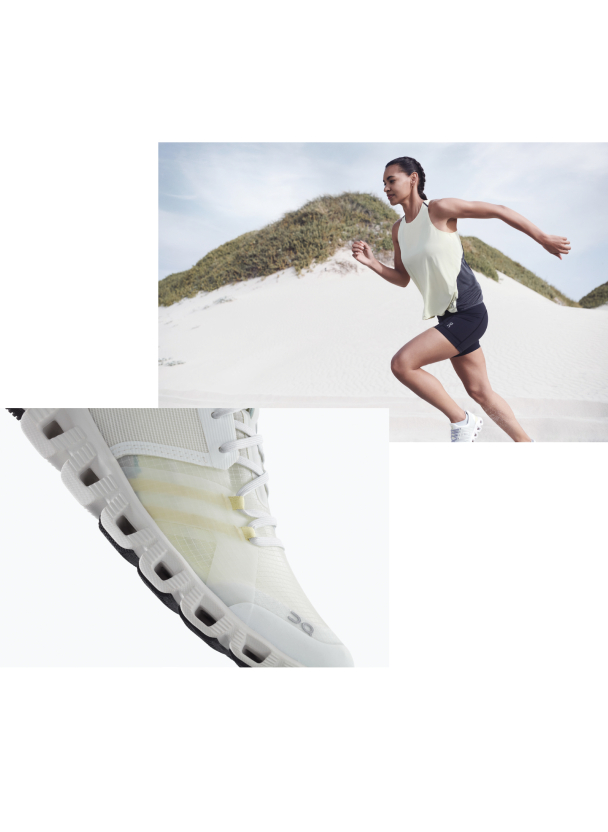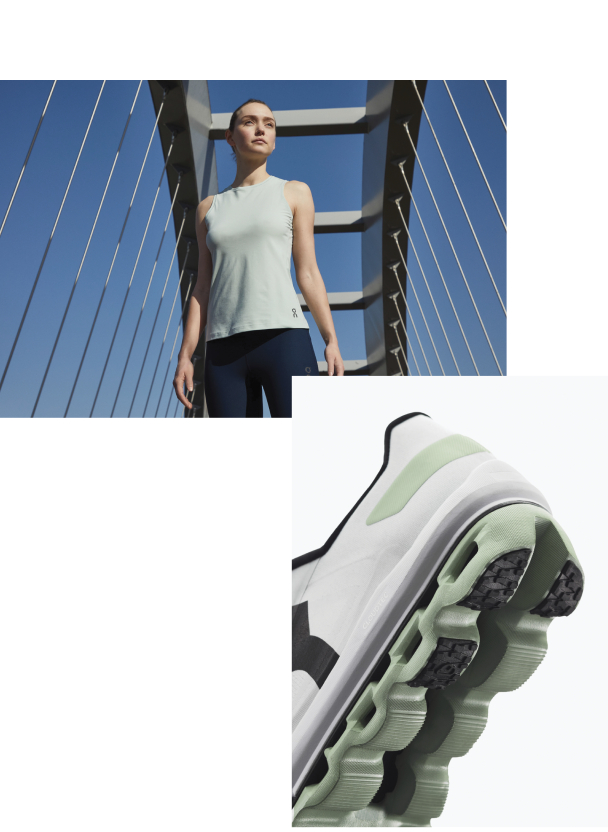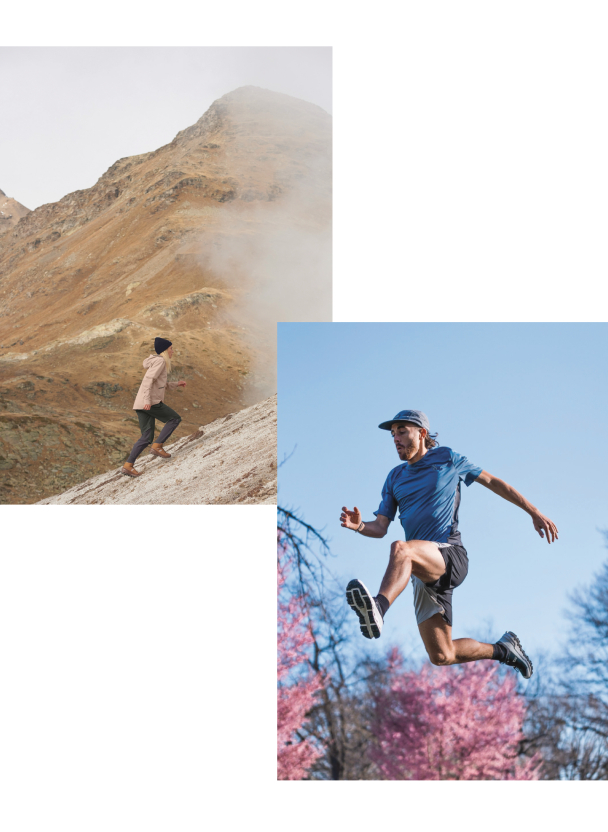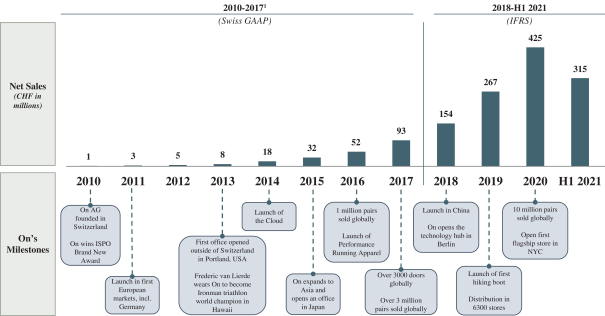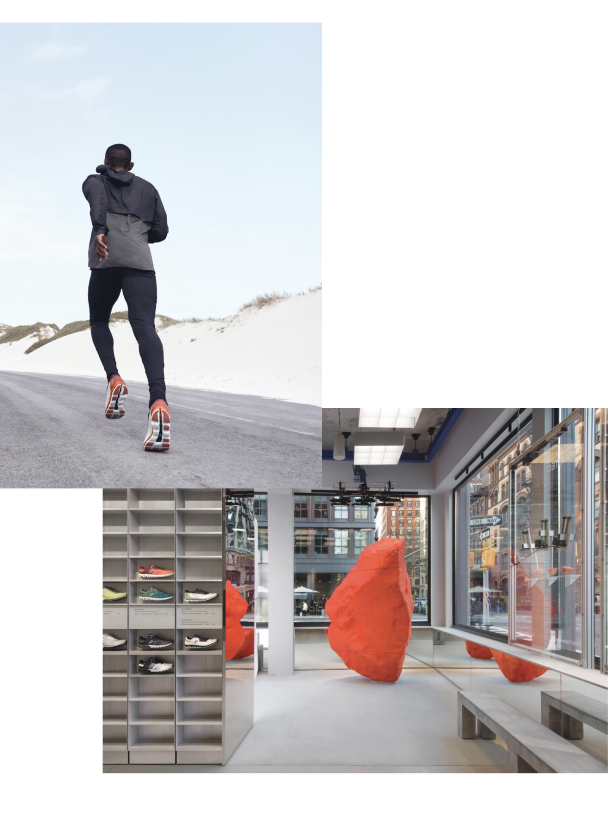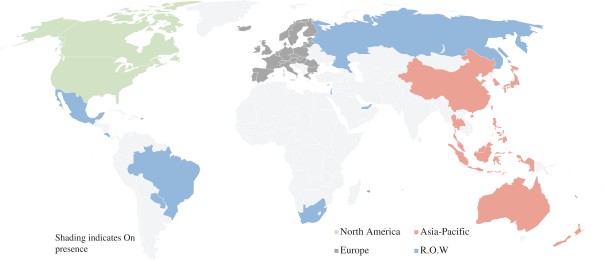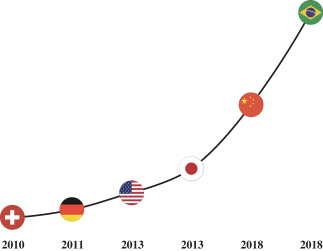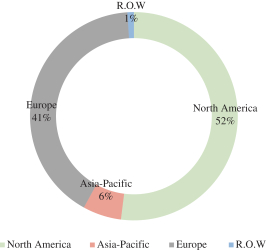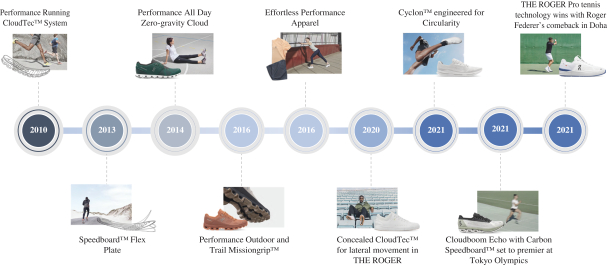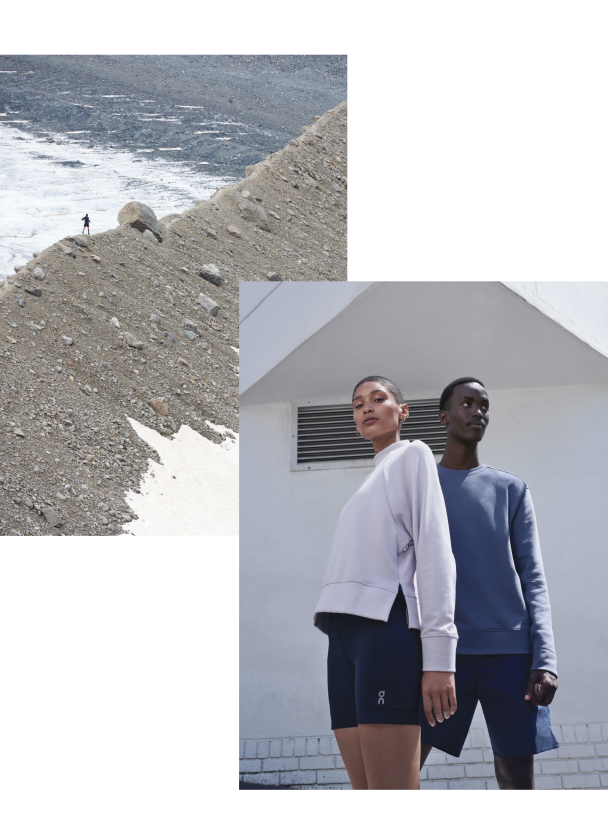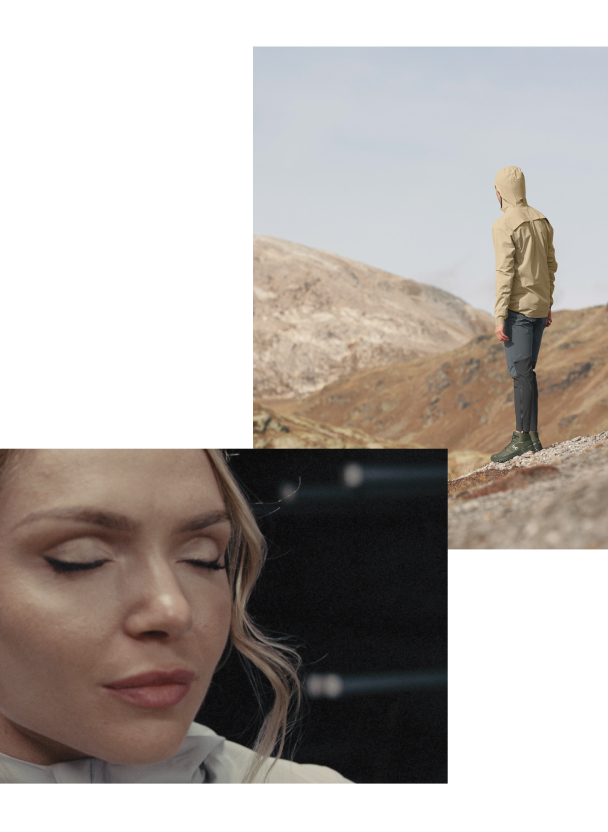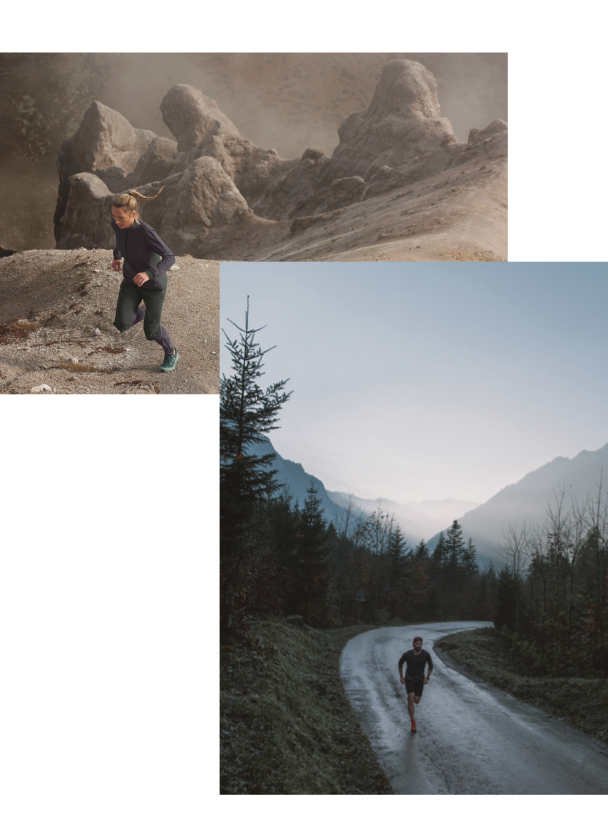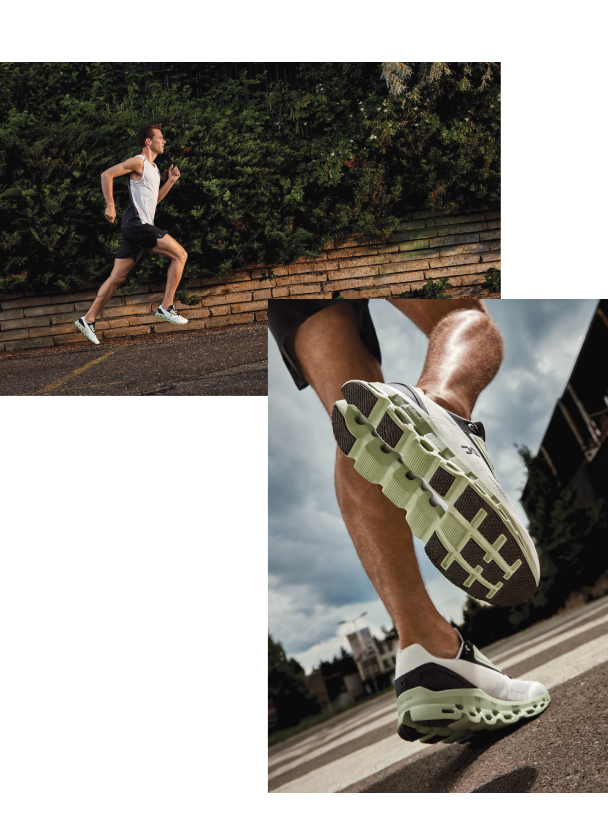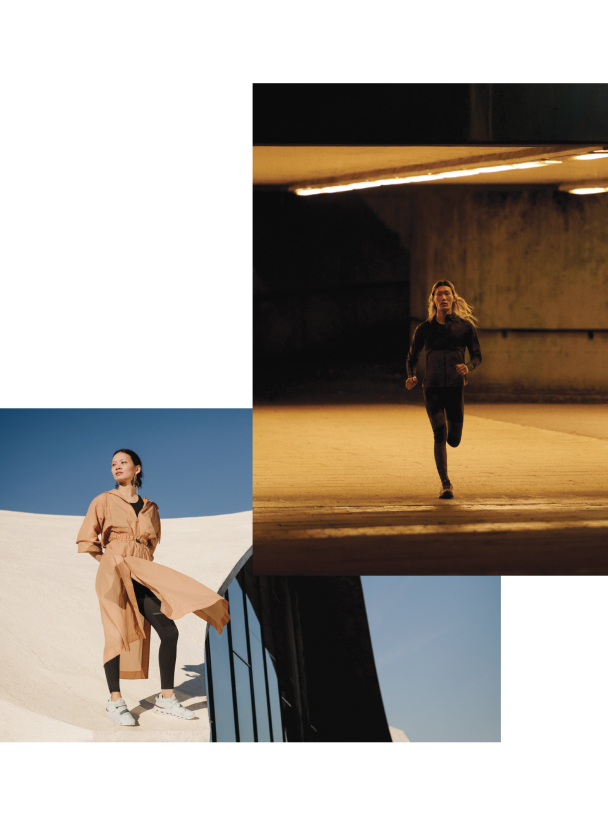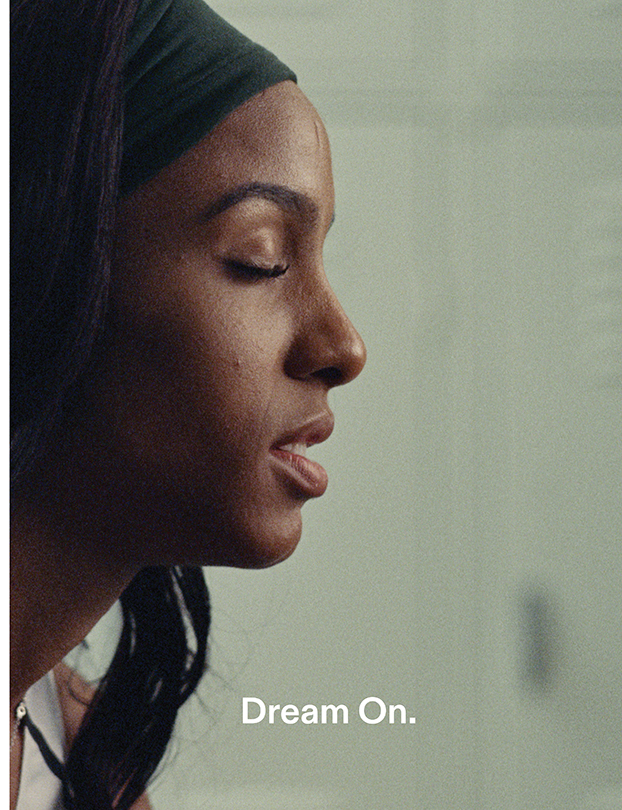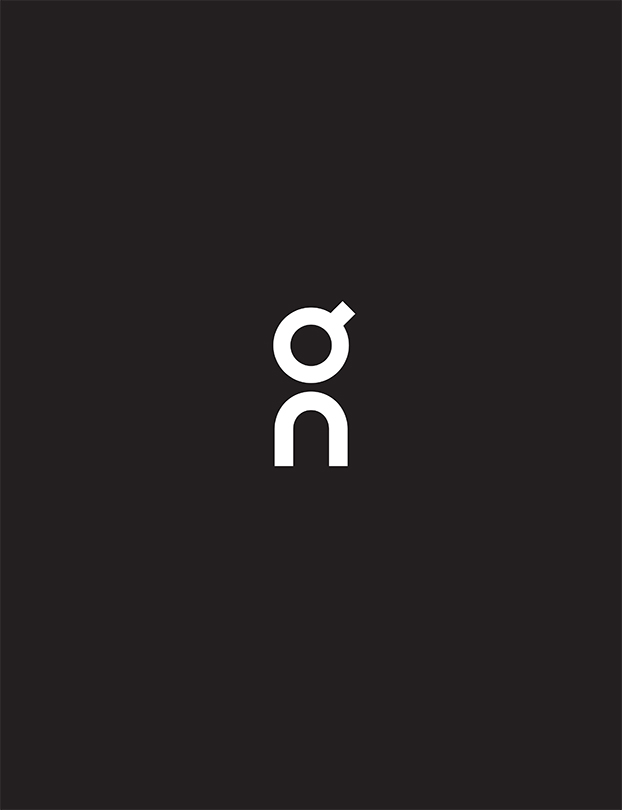successfully compete on the basis of our premium brand image, our focus on running and our technical product innovation. We are also differentiated by our commitment to community-based grassroots marketing which allows us to increase brand awareness and strengthen customer loyalty.
The market for shoe, apparel and accessories is highly competitive and fragmented. It includes increasing competition from established companies who are expanding their production and marketing of performance products, as well as from frequent new entrants to the market. We are in direct competition with wholesalers and direct sellers of athletic footwear and apparel, such as Nike, Inc., adidas AG, which includes the adidas and Reebok brands, and Under Armour, Inc., Brooks Sports Inc., Hoka One One (Deckers Outdoor Corporation), Asics, New Balance, Lululemon, Patagonia, Arcteryx, Anta Group and Li Ning. We believe that having been able to break into the competitive set of top 5 running brands in the biggest running markets the United States, Germany and Japan, provides a platform for future growth and positions us well against certain of our competitors.
Intellectual Property
Our long-term commercial success is connected to our ability to obtain and maintain intellectual property protection for our brand, products and technology, defend and enforce our intellectual property rights, preserve the confidentiality of our trade secrets, operate our business without infringing, misappropriating or otherwise violating the intellectual property or proprietary rights of third parties and prevent third parties from infringing, misappropriating or otherwise violating our intellectual property rights. We seek to protect our investments made into the development of our products, technology, brand and design by relying on a combination of trademarks, patents, designs, copyrights, trade secrets, know-how, non-disclosure agreements, confidentiality agreements, invention assignment agreements, development agreements and other contractual rights.
We use registered trademarks on nearly all of our products and believe having distinctive marks that are readily identifiable is an important factor in creating a market for our goods, in identifying our brands, and in distinguishing our goods from the goods of others. As of June 30, 2021, we owned approximately 316 trademark registrations in 36 different jurisdictions including Austria, Canada, China, France, Germany, Hong Kong, Italy, Japan, Mexico, Russia, South Korea, Spain, Switzerland and the United States. These trademarks include, among others, On, the On logo, On Running, the Cloud logo, Run On Clouds, Cloudtec, Speedboard and Helion and many product names of our shoe models (such as Cloud, Cloudflow, Cloudswift, Cloud X, Cloudstratus, Cloudrock, Cloud Terry, Cloudnova, etc.). The current registrations of these trademarks are effective for varying periods of time and may be renewed periodically, provided that we, as the registered owner, comply with all applicable renewal requirements including, where necessary, the continued use of the trademarks in connection with similar goods and services. We pursue additional trademark registrations to the extent we believe they would be beneficial and cost-effective. In addition to trademark protection, we own domain names for certain of our trademarks, including “www.on-running.com.”
As of June 30, 2021, we owned four issued U.S. patents, four pending U.S. patent applications, 42 issued foreign patents, 56 pending foreign patent applications and five pending PCT applications relating to components, technologies, materials, features, functionality, and industrial and aesthetic designs used in and for the manufacture of various of our products. Assuming payment of all appropriate maintenance, renewal, annuity or other governmental fees, these issued patents and utility models, and any patents granted from such applications, if issued, are expected to expire between November 30, 2022 and January 29, 2042, without taking potential patent term extensions or adjustments into account. We continually review our development efforts to assess the existence and patentability of new intellectual property.
The term of individual patents depends upon the legal term for patents in the countries in which they are granted. In most countries, including the United States, the patent term is 20 years from the earliest claimed filing date of a non-provisional patent application in the applicable country. In the United States, a patent’s term may, in certain cases, be lengthened by patent term adjustment, which compensates a patentee for administrative
125

